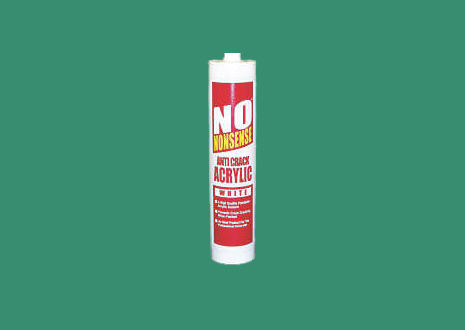
Acrylic filler (often referred to as decorators caulk, painters caulk or decorators acrylic) is a water-based economical and environmentally friendly sealing and filling material. Acrylic filler, when cured, offers flexibility and elasticity that allow for movement, therefore stopping cracks from reappearing. Although mostly used for internal decorating, its resistance to moisture and temperature changes means […]

Air drying describes a product that naturally dries primarily because of its exposure to the air at room temperature. This is different to other products that might need heating or those that dry independently from the air. Air drying, although commonly used to describe paints, can also be used for glues, fillers and other products. […]
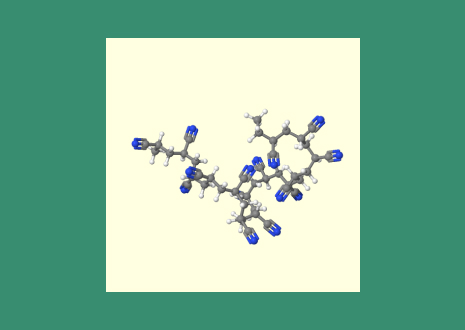
Acrylic is a term that refers to products that contain compounds derived from acrylic acid (for example Polyacrylonitrille and PMMA) is a glassy thermoplastic that can be used in adhesives, paint, fillers and coatings or can be cast and moulded. Acrylics are a collection of materials that pertain to a wide range of uses in […]
Eggshell paint
Eggshell is a term that is used to describe paint with a very slight sheen between matte satin paint. As indicated by its name when dry it has an appearance is similar to that of an eggshell. As eggshell has a slight sheen it does reflect light giving the painted surfaces a lighter appearance as […]
Fibre brushes
The bristles are usually made of natural vegetable fibres but can also be a mix of natural and artificial fibres. Fibre brushes often referred to as masonry brushes, are a specific type of paintbrush that is designed to be used with materials and on surfaces an ordinary bristle brush might not be appropriate for. Fibre […]
Fanlight wind
A fanlight is a semi-circular window that can sometimes be found above other windows but is more commonly placed above doors. The common design has traceries or glazing bars radiating from a single point like the spokes of a wheel with glass in between. This wooden window typical design is what gives it its name […]
Fat edge
A fat edge is a term that describes a defect on a painted surface due to improper application. A fat edge is a build-up, or accumulation, of excess paint. A fat edge is a term that describes a defect on a painted surface (window frame edges) due to improper application. A fat edge is a […]

Graining is the process of creating an artificial hardwood grain on a surface. Graining can be used on wide range of materials including non-wood surfaces such as MDF or dry wall, as well soft wood that has a small grain. Graining has very little practical use so is solely for aesthetic purposes. If done properly […]
Gloss paint definition
Gloss paint is a term that describes any paints that when dry reflects some amount of light. Gloss paints can come in a wide range of variety in the amount of light that is reflected from matte (that has little reflection) to high gloss (which is very reflective) and varying levels between each, which are […]
Hiding power
Hiding power is a term that is used to describe paints ability to hide or cover a surface. When used in reference to paint it describes how well it can obscure the surfaces original colour. Hiding power can also be referred to as Opacity or simply abbreviated into HP. The level of hiding power paint […]
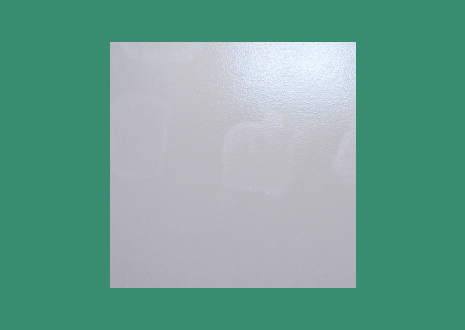
Gloss is a term that describes how much light can be reflected by a surface-so semi-gloss describes paint or coating that, when dry, has a slight sheen to it. This makes it a great compromise between a matte paint (that produces no sheen) and a gloss paint (that produces a lot of sheen and makes […]
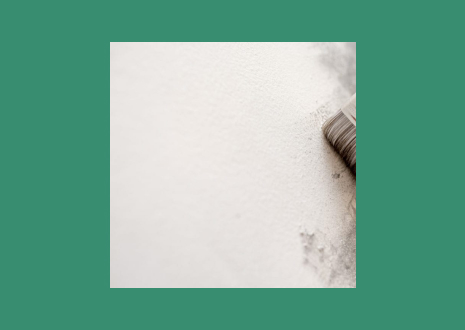
Satin is a term that describes a paint that is not as glossy (reflective of light) as semi-gloss, but more so than matte paints. Satin paint reflects about 26% to 40% of light. Satin paint is a great choice for rooms that have suffered a little wear and tear. Its less reflective quality means that […]
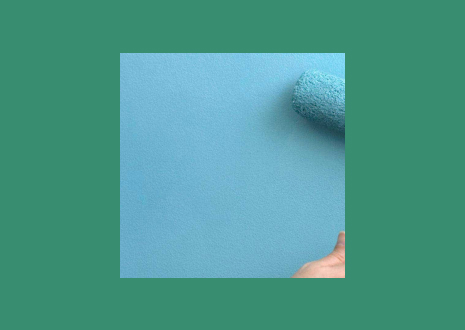
Sheen is a term that is used to describe paints that have a lower level of gloss, therefore a lower amount of light that can be reflected It is typically used as a descriptor when discussing paints that are categorised as satin, silk or eggshell along with others that have lower reflective properties to semi-gloss. […]
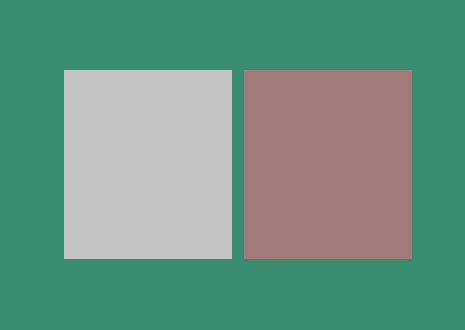
Undertone is a term that refers to the subtle colouration that is added to a paint mixture that can be seen under the primary colouration. The undertone may not be easily noticeable but is greatly affective on the overall mood of the paint. Undertones can make a painted surface feel warmer by using undertones of […]
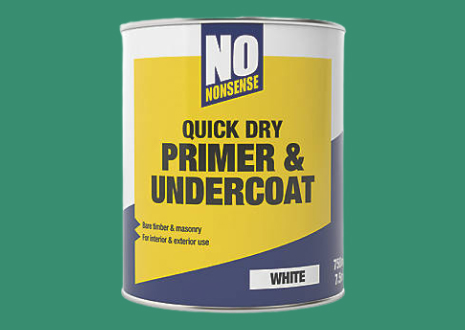
Undercoat refers to a layer of paint that is applied before the final coat and sometimes after a coat of primer. The undercoat is an important stage in painting a surface. It not only provides a smoother surface for the topcoat giving it a better finish easier application but can also assist in stopping the […]

Wood stain is a term that describes anything that colours wood. There are products that solely stain the wood but there are also others such as oils, varnishes and waxes that both stain and teat the wood (make it less absorbent and resistant to damage). Wood stains consist of a pigment or dye (for colour) […]